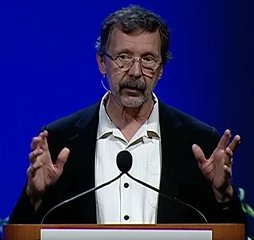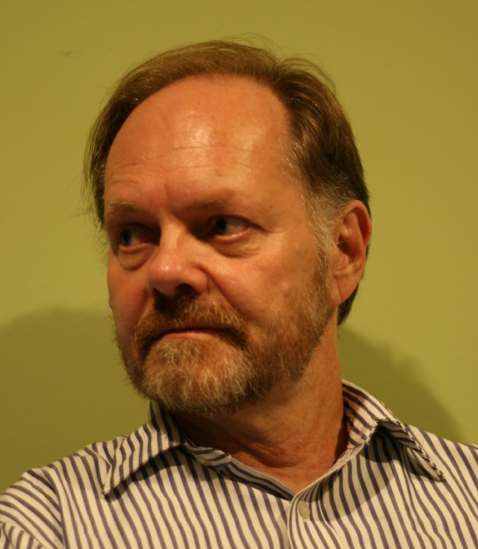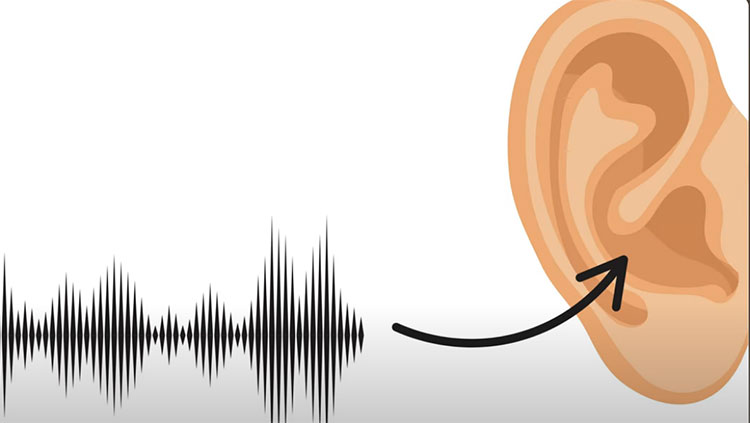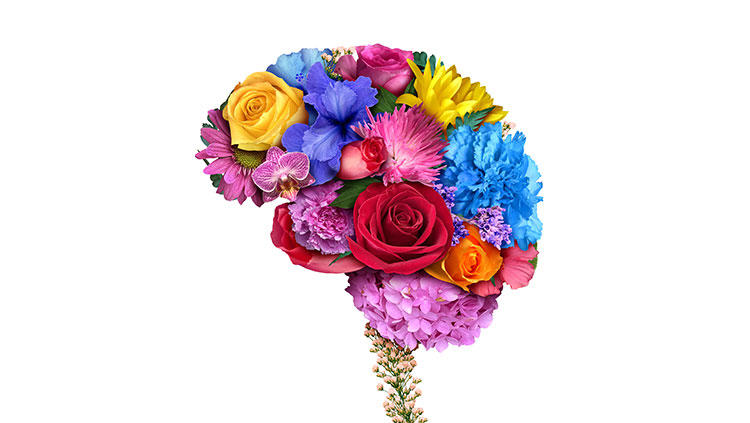How does Pixar Implement Group Creativity?
- Published10 Nov 2013
- Author John Kubie
- Source BrainFacts/SfN
Ed Catmull, president of Pixar, gave a lecture at the Society for Neuroscience Meeting. What does moviemaking have to do with brain science?
Each year SfN invites a prominent non-neuroscientist to speak in the series: Dialog Between Neuroscience and Society. These talks are given on the first day of the meeting, in large, ballroom format. Today's dialog was given by Ed Catmull, a trained mathematician-physicist whose career has been in developing computer-animation techniques and producing great pictures. Dr. Catmull is president of Pixar, the animation component at Disney Pictures.

Pixar made Toy Story, the first full-length computer-animated film. Toy Story was, of course, a huge creative and financial success. It has been followed by a string of animated films remarkable in their complexity, creativity and financial returns. How was this done? How can a huge team work for years with one goal, to create a single creative product? What's the magic formula? Dr. Catmull suggested some answers in his lecture, "The Culture of Creativity."
Although Cartmull's presentation did not directly address neuroscience, it brings to attention the intersection of two current and fascinating topics addressed at SfN: the Neuroscience of Creativity and Social Neuroscience. Listening between the lines, I found his insights in line with my sense of both fields.
Dr. Catmull's talk focused on the rules and organizational structure that can produce a coherent and successful creative product. In his case, the product is highly complex: a great computer-animated movie. A number of his key points focused on optimizing the output of a group he called at Pixar "the brain trust". Its critical features:
- Group meetings are not set with a rigid framework. It's not "we have to get from here to there". Rather, "we have a goal. How can we get there? Anybody have ideas?"
- The workings of the group are egalitarian. Although the members may have different rank on the outside at Pixar, during a Braintrust meeting all members are equal.
- No inhibition; say what you think; egos left outside the room.
- No one is punished for a bad idea. Rather, it is understood that most ideas will be bad. The idea is to describe wide-ranging ideas so thatgood ideas can emerge.
- Proposals are not made with the goal of pleasing an individual. Rather, selection of a course of action is a group process.
I view creativity as a high form of cognitive processing. But what is cognition? Here is an idiosyncratic cognitive model we'll call "vicarious trial and error"*. (vicarious = imagined) Its features:
- Cognition starts with a goal and a framework within which the goal may be achieved. The framework can be called a "cognitive structure" or a "model".
- Vicarious (imagined) trials are run in the framework.. The brain constructs a series of action paths and analyzes the consequences of each.
- As a new action path is executed, it differs from the others based on strategy, and, perhaps, a bit of chance.
- Action is inhibited until a "best" action path is created. The apparent "best" path is executed.
One way to think about it is to imagine you are at the edge of a complex terrain, forest on the left, mountains on the right, winding river ahead. Your goal is to reach the other side. You could one-by-one, try walking on different routes. This difficult and dangerous approach is pure trial and error exploration. But if you’re in luck, you have a map. The map is your framework, representing the structure of the problem space. Now, one-by-one you draw 5, 6, 7 potential routes, eventually finding one that is safe and direct. This is an illustration of a cognitive approach.
In a true cognitive approach, this the map and the potential routes are in your head. Instead of walking immediately, you pause and think, mentally executing routes until you find the best path. If the path you discover is surprising, easy and direct, you call it a creative solution.
This is, roughly, what Dr. Catmull is orchestrating at Pixar. "Cognitive Creativity" is encouraged at two levels. At the level of the individual, creativity is encouraged for members of the BrainTrust group, each trying to independently exploring various paths. At the group level the process is similar. BrainTrust members decribe various paths, unafraid of errors or mistakes, with the best selected. The remarkable and creative output of Pixar is evidence that group creativity works.
Brain scientists want to know how cognitive processes work. How is a brain model of the external world made by a collection of neurons? How do neurons execute vicarious paths across the represented model? How is the best path selected and executed?
Understanding how Ed Catmull and the workers at Pixar create impossible, imaginary, unseen worlds gives insights into brain mechanisms of cognition and creativity.
-----
* The vicarious trial-and-error model is similar to many. One of its progenitors is Bob Doyle's "Two-stage" model of decision making.
CONTENT PROVIDED BY
BrainFacts/SfN
Also In The Arts & The Brain
Trending
Popular articles on BrainFacts.org


















